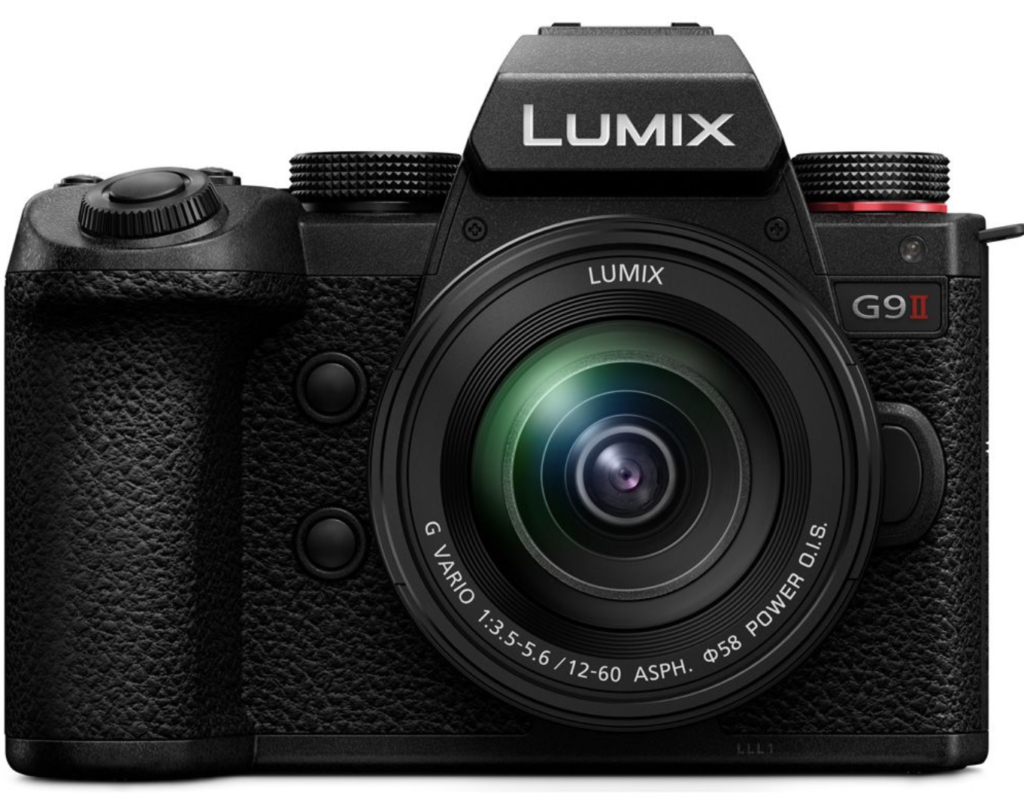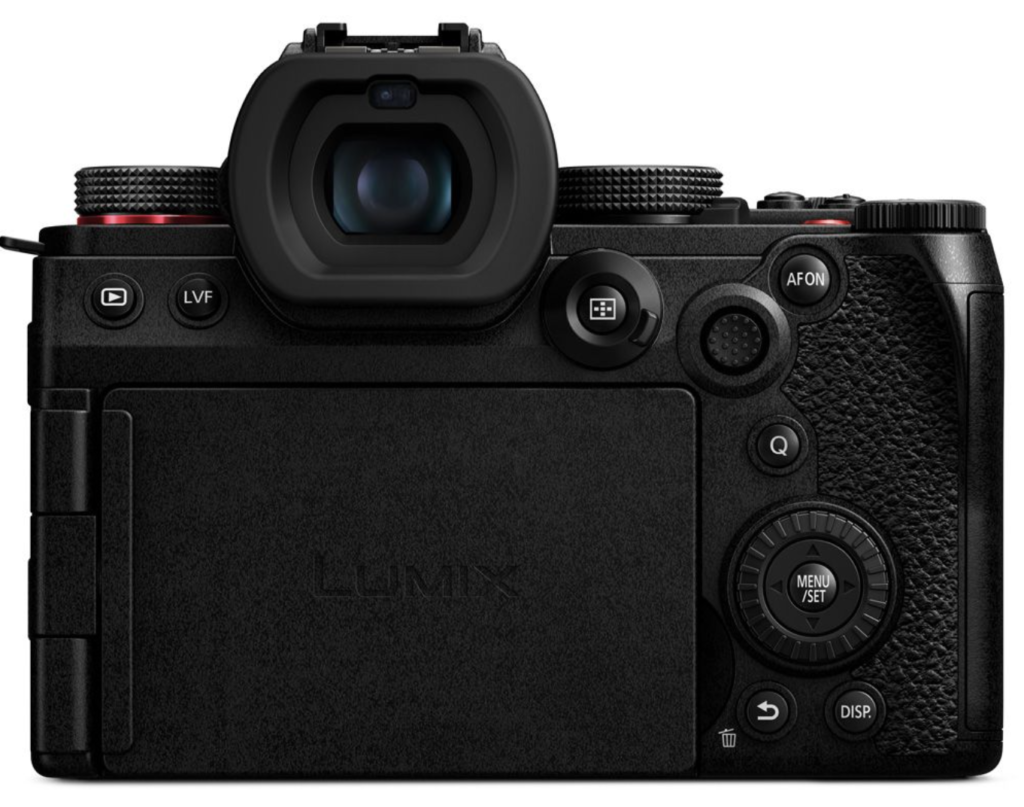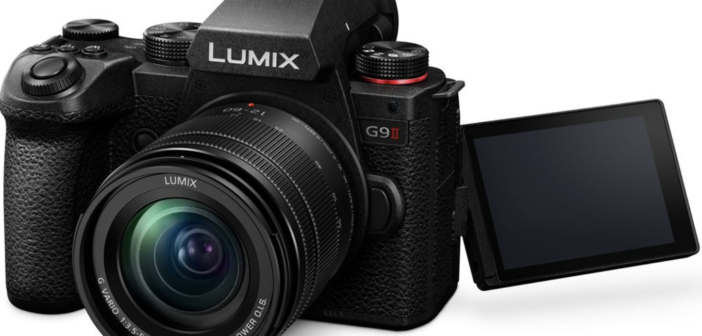Mirrorless cameras have pretty much captured a large chunk of the digital imaging market, and while many users might still prefer more traditional DSLRs and such, there’s no denying that mirrorless cameras make up a large portion of the industry. There’s a lot of industry professionals, content creators, and even day-to-day users relying on the hardware that comes with these cameras, and brands were quick to offer buyers a wide range of different mirrorless cameras.
With that in mind, Panasonic recently announced the launch of its newest mirrorless camera, the Lumix G9 II. In terms of hardware, users can expect a number of much-welcome upgrades with the G9 II, including a new sensor, Phase Detection Auto-Focus, and a whole lot more features that make for one well-rounded package. What does Panasonic offer with the Lumix G9 II? Let’s take a look.

I guess one could say that the biggest upgrade with the Lumix G9 II is the addition of PDAF, an imaging technology that’s been available on a wide range of devices, including smartphone cameras. PDAF essentially gives the camera’s auto-focus capabilities a huge boost, allowing for more versatility when composing your desired shots and such. There’s also a new 25.2-megapixel Live MOS Sensor that’s designed for high resolution and high-speed response, in addition to an improved engine that works on giving users natural, three-dimensional textured images, as well as high-speed processing for high bitrate footage.
There’s also AI onboard – the increased proliferation of artificial intelligence in a ton of modern products nowadays (smartphones included) has opened new possibilities for manufacturers to improve the performance of their devices, and Panasonic intends to do the same with the Lumix G9 II. The camera comes with new AI-powered recognition technology, which Panasonic says has been developed using deep learning technology. This then allows the camera to provide real-time auto-focus recognition that works with a wide range of different objects, vehicles, and even animal eyes for improved subject recognition.

The Lumix G9 II features a system that can be combined with Panasonic’s LUMIX G Micro Four Thirds lenses, adding more flexibility for photographers and videographers in different situations. There’s a new 25.2-megapixel Live MOS Sensor onboard, alongside burst shooting at 60 fps in AFC mode and SH pre-burst recording that begins even before the shutter is released, allowing users to capture subjects with a high level of movement. There’s also support for 4:2:0 10-bit 5.8K (4:3) full sensor recording, as well as 5.7K (17:9) aspect ratio for compatibility with various social media formats.
Panasonic has also included Lumix’s image stabilization system, which combines a Body Image Stabilizer, Dual I.S. 2, and advanced Active I.S. for video image stabilization during shoots. Creators can also make use of the included LEICA monochrome photo styles and real-time LUT for a more versatile range of colour settings.
Other hardware details include a mini-HDMI port, a USB-C data port, 3.5mm headphone jack (as well as audio out port), as well as a swing-out monitor for system navigation and media viewing. Buyers will be able to get their hands on the Lumix G9 II starting in November 2023, with a starting price of £1,699. Panasonic adds that the G9 II will be compatible with a first-party battery grip that’s equipped with an eight-direction joystick.




